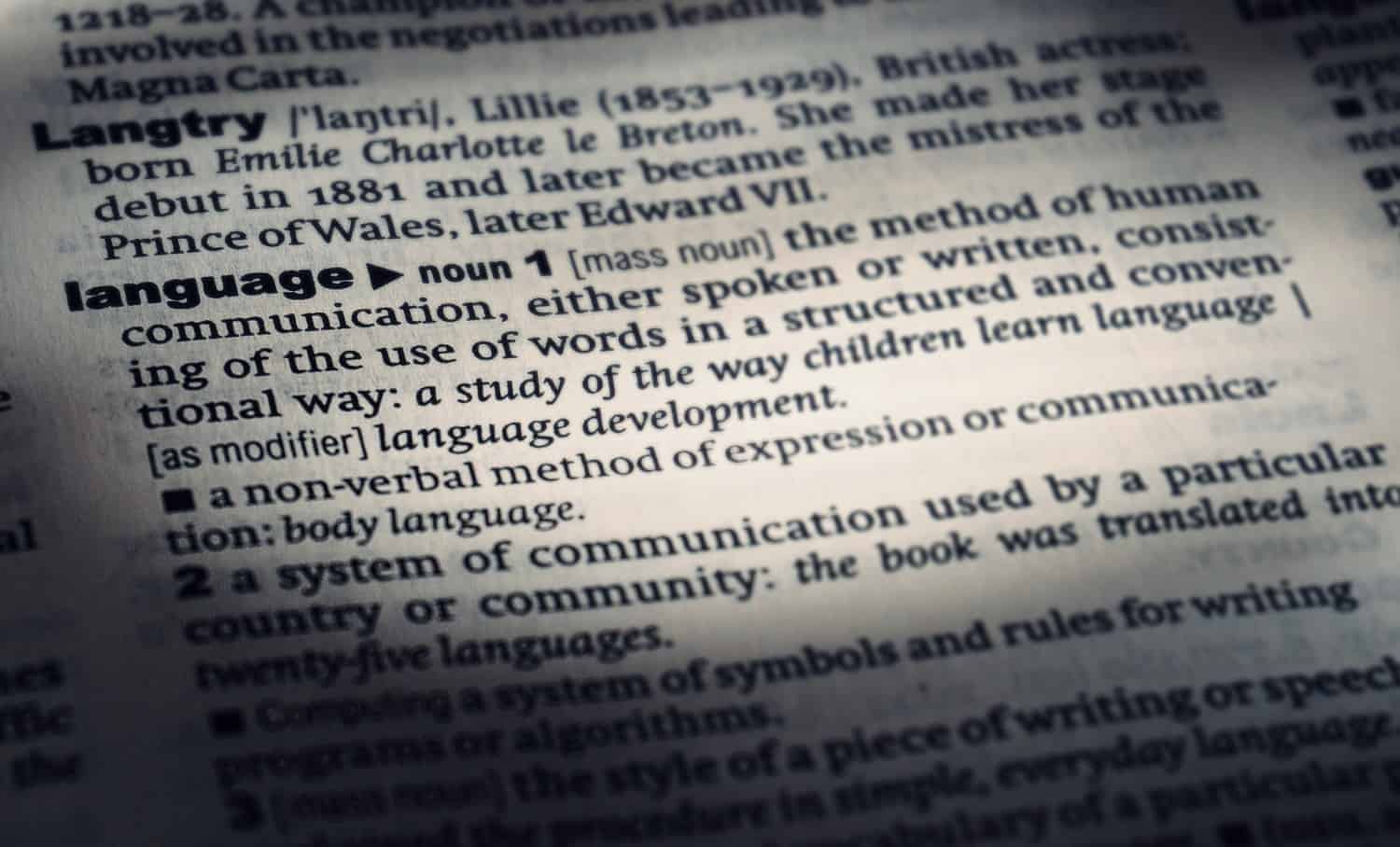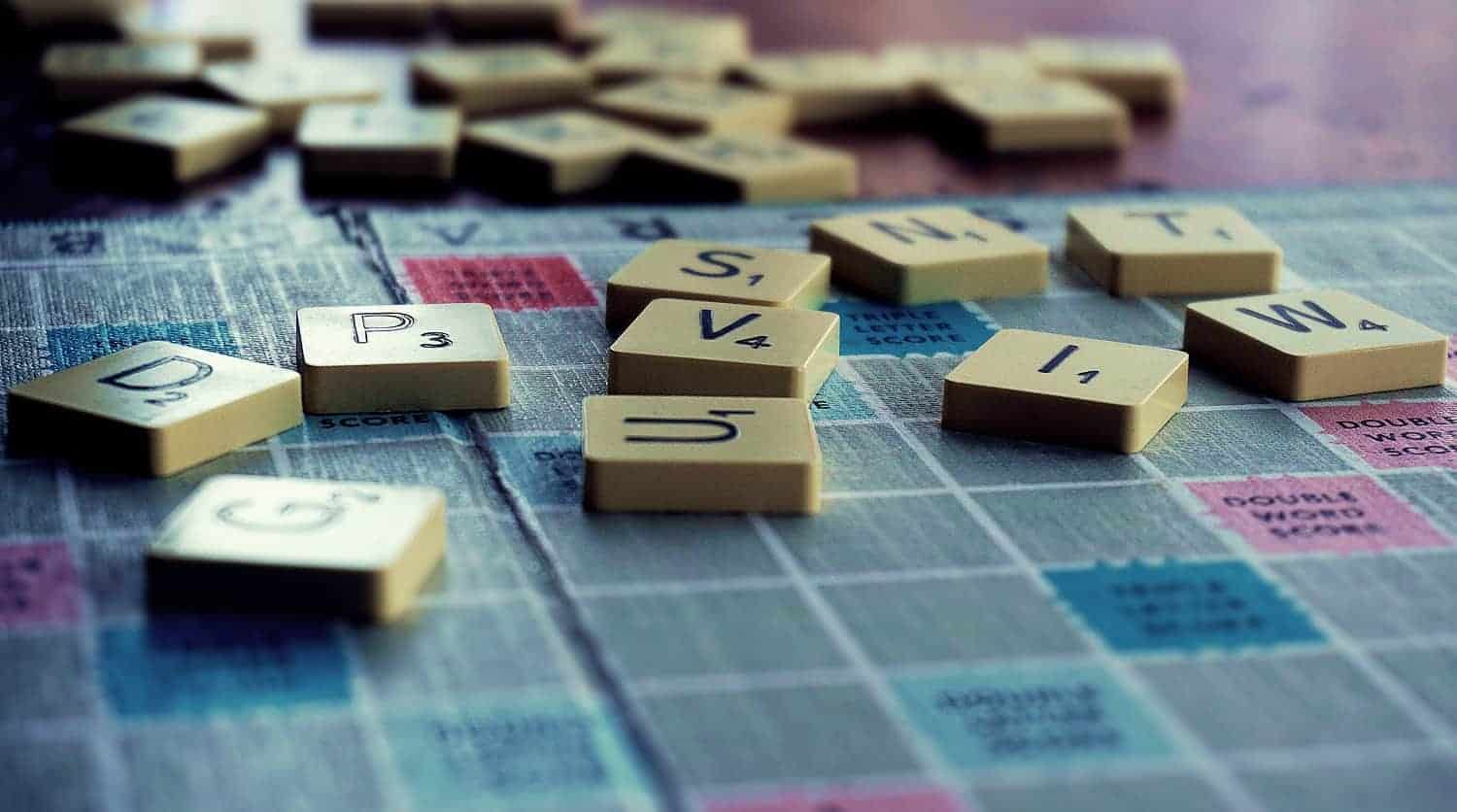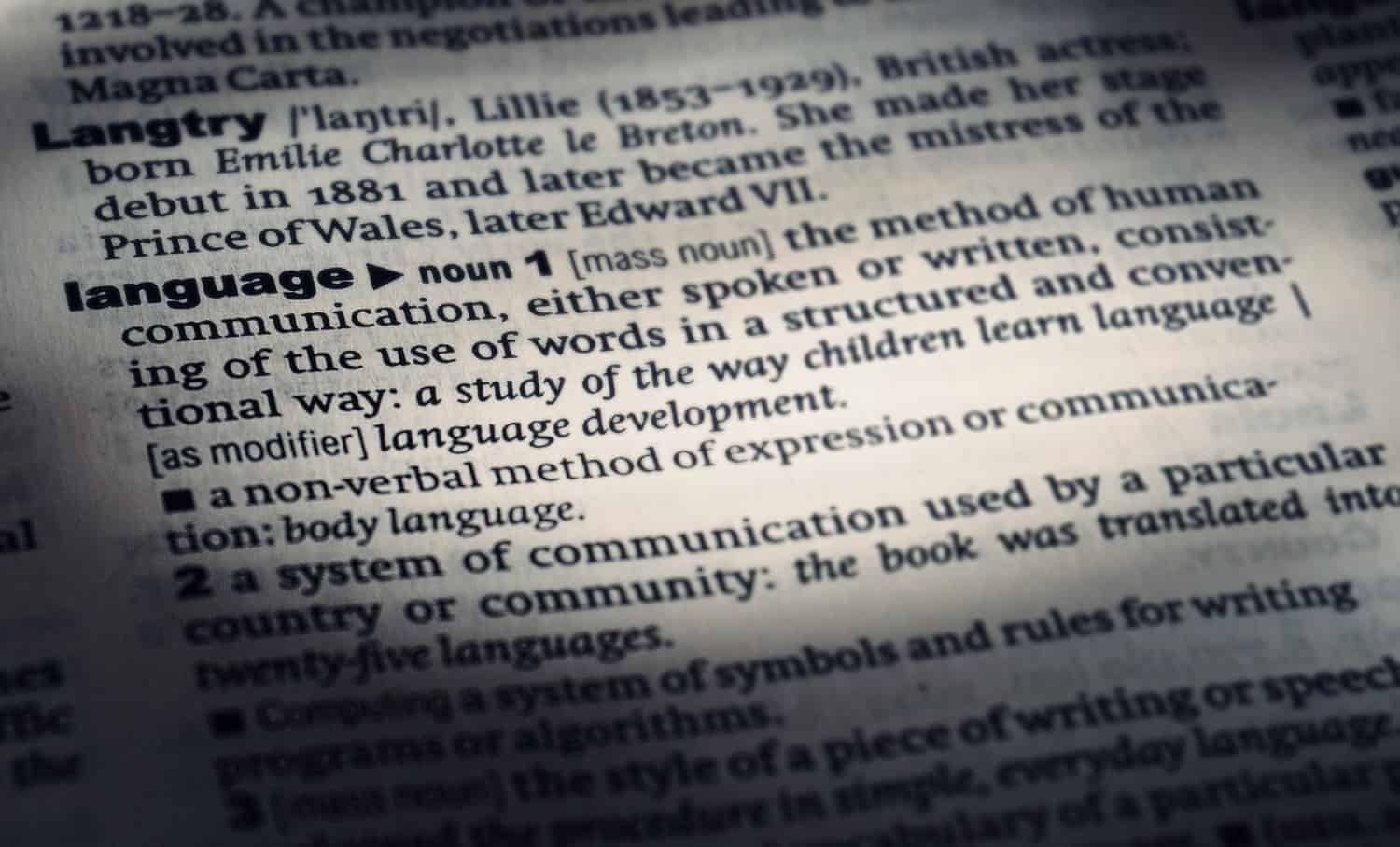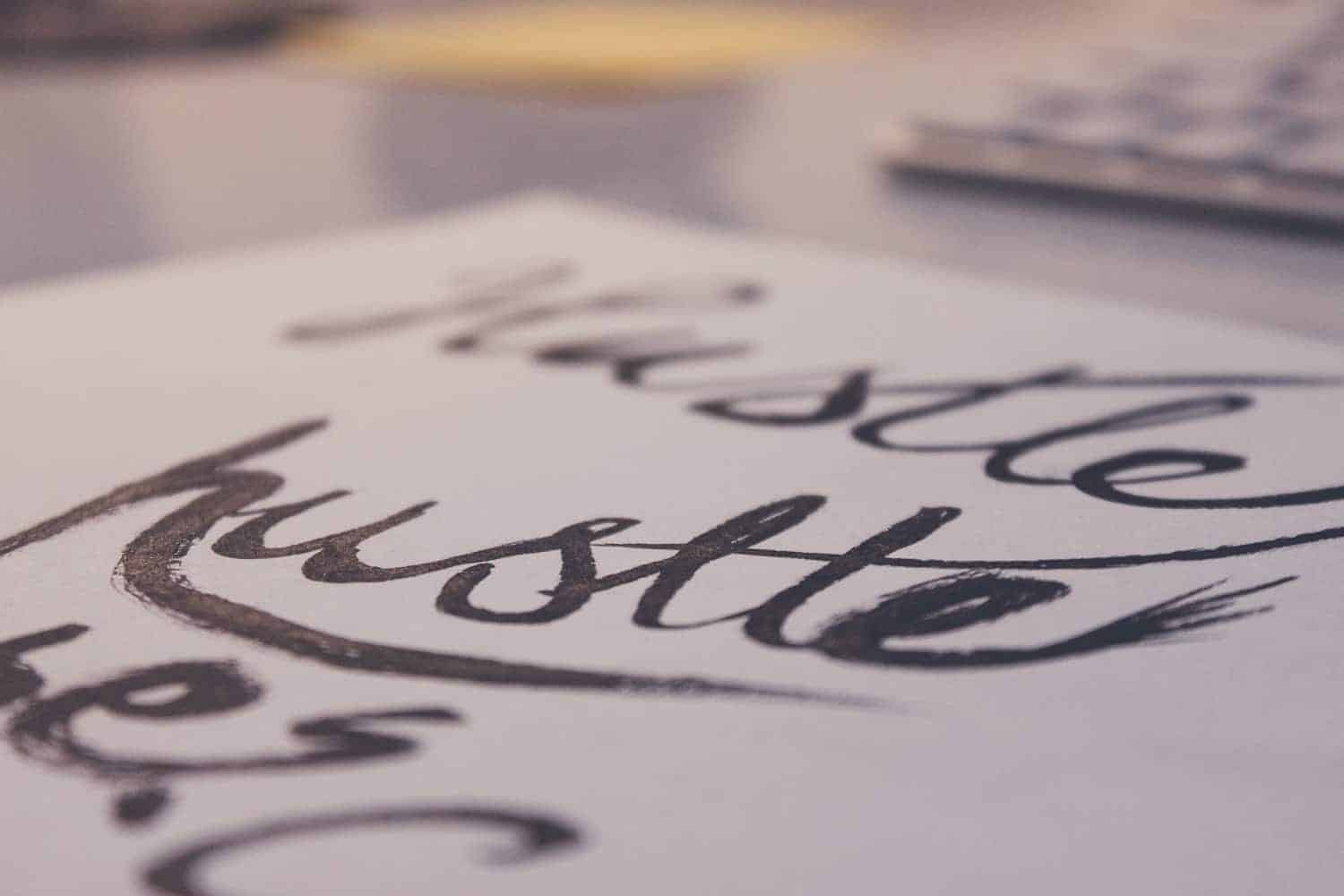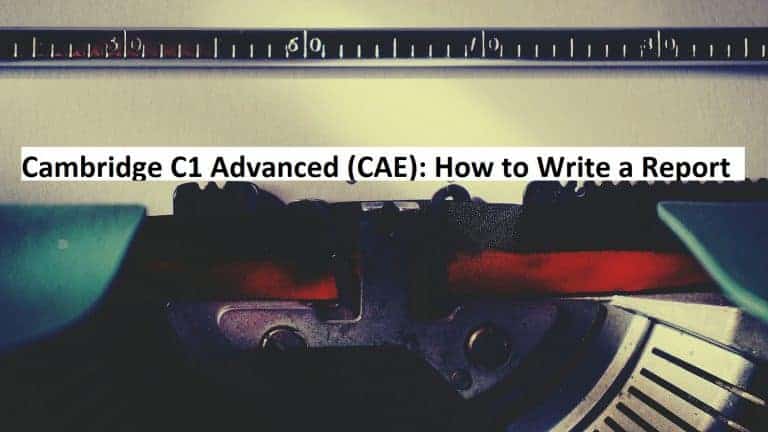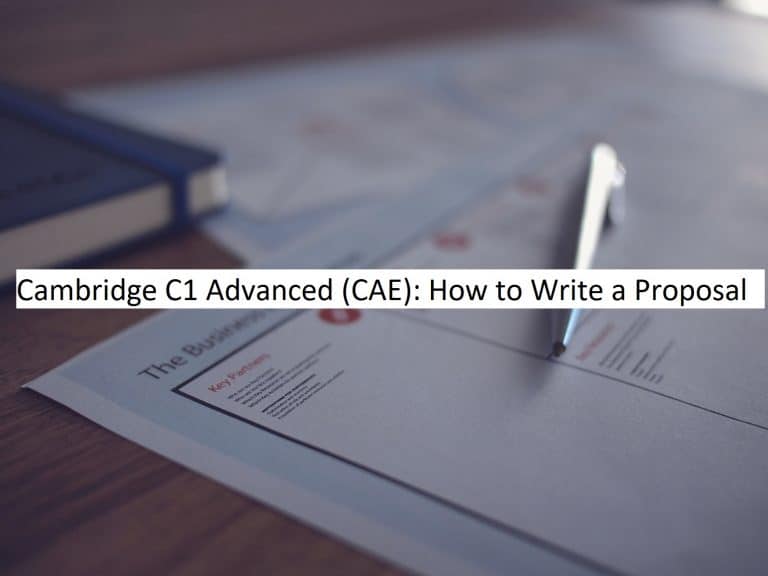Reading and Use of English Part 4
When it comes to C1 Advanced, there is no other part than Reading and Use of English that strikes my students with so much fear and agony. As soon as I mention its name, people roll their eyes or make an excuse to leave the room just so they don’t have to deal with it and by the time we check answers together, it is total mayhem with chairs flying and humans behaving like animals after they have lost their minds for good.
OK, I have to admit that it isn’t all that dramatic, but Reading and Use of English seems to hit some vulnerable spot that most people never want to touch. The eight different tasks are some of the most difficult ones in the whole exam and Part 4 might be at the top of the list.
For many people, Part 4 causes a lot of problems, but, luckily, you have made it to teacherphill.com. In this article, we are going to have a look at what a typical task in Reading and Use of English Part 4 looks like, what exactly you have to do as well as common problems and their solutions.
However, I think that it is beneficial to go from a general perspective to a more detailed view. Therefore, I have written another post which outlines the main characteristics of Reading and Use of English. It is a great starting point and I highly recommend looking at it first and then come back here to dive into the nitty gritty of Part 4. Simply follow the link below and a new tab will open for you.
>>> C1 Advanced Reading and Use of English EXPLAINED <<<
>>> Get a FREE grammar and spelling tool HERE <<<
What do you have to do in Part 4?
Part 4 – Key word transformation: You get six pairs of sentences. Every second sentence has a gap and you have to fill in the gaps with 3-6 words so that both sentences have a similar meaning. One of these words has to be a given key word which must not be changed.
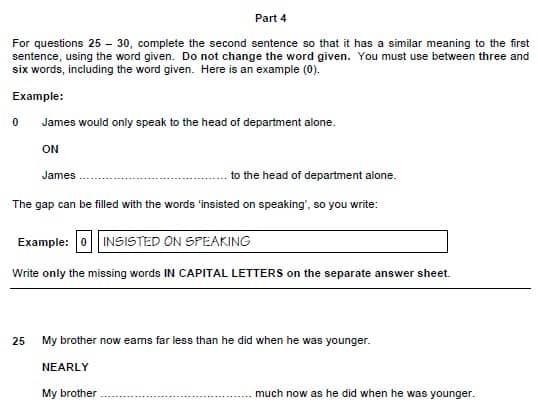
Here, you can see just one of the six sentence pairs (25) plus an example (0) at the top. Keep in mind that you don’t have to do anything with the example. Instead, just start with 25 and work your way to 30.
Reading and Use of English Part 4 tests your ability to paraphrase using synonyms, various grammatical structures, etc. Keep in mind that you need to make the two sentences as similar in meaning as possible without going over the word limit or changing the key word.
Together with Parts 2 and 3, Reading and Use of English Part 4 forms the Use of English portion of the exam paper while Parts 1, as well as 5-8, are considered the Reading section. As mentioned before, it is really important for you to understand how the exam is structured, which part counts towards which paper as well as marking and strategies so follow the link below if you didn’t do it in the previous chapter.
>>> C1 Advanced Reading and Use of English <<<
The 3 most common problems with Part 4
Each task in Reading and Use of English comes with it unique requirements which leads to typical problems we can observe time and time again. Nobody happily admits this, but if you are honest with yourself, you might fall into one or more of the three categories below.
We are going to briefly look at these issues before we then check what you can do get through Part 4 with ease.
Candidates get confused by the task requirements
Reading and Use of English Part 4 might be the task with the most complex set of rules and it happens more often than I would like to see that my students make mistakes not because their answer is grammatically wrong per se, but their answer doesn’t fit the framework of the task.
So, let’s have another look at the task.

Remember the rules:
- The meaning of the two sentences has to be as similar as possible.
- You have to use between three and six words in the gap – not more and not less.
- You must use the key word (nearly) in the gap and you must not change it in any way.
In the following chapter (Tips & strategies) we are going to apply these rules, but first let’s check some other common problems.
Language issues
Even if students understand what to do in Reading and Use of English Part 4, it can still be a gruelling task as many candidates struggle with the grammar and vocabulary required in this exercise.
The problem, however, is rarely a lack of advanced structures but rather basic and intermediate-level grammar like comparative forms, reported speech, passive structures, etc. as well as paraphrasing and synonyms.
Therefore, make sure that your basics are on point before even trying to dive into the advanced stuff. Too many people overestimate what they really know and get an unpleasant surprise in the exam. Don’t be one of them and prepare step by step.
Time management
Last but not least, I would like to look at a problem that is a common thread throughout C1 Advanced. While the language part can be dealt with by simply practising the language (more on that later), managing your time efficiently is a different animal.
In Reading and Use of English, you only have 90 minutes to complete eight tasks with a total of 56 questions and to transfer all your answers onto a separate answer sheet which you receive at the beginning of the test. If we take five minutes off just to do that, we are left with just a little over 10 minutes per task.
I guess it becomes pretty clear quickly that you need strategies in order to save time and be effective (collecting marks) at the same time.
Luckily, you’ve come to the right place because in the following chapter we are going to look at exactly that.
Tips & strategies for Part 4
After looking at all the problems that might come up during one’s preparation you might feel a little deflated thinking that you can’t do it and that all of this is just too difficult.
Believe me, you are not the only one thinking that way, but there are some proven tips and strategies which can help you a great deal when it comes to Reading and Use of English Part 4.
General tips
The most important tip I can give you, however, is fairly unspecific. Start a practice habit as soon as possible. Every little step you take towards improving your own English will get you closer to your ultimate goal of passing C1 Advanced. Over time, these little step turn into a mile and you will see tremendous changes.
The best way to get started is to read, watch or listen to something in English every single day. You want to immerse yourself in the language as much as possible, but even ten minutes a day can make a big difference over time.
With thousands of podcasts about every topic imaginable, online streaming services and ebook readers, it has become so easy to get hold of practice materials that there are simply no excuses for you. Start small and create a routine – you can thank me later. 🙂
Follow a plan
Next, I would like to demonstrate how useful it is to have a clear strategy for the different tasks in Reading and Use of English. Going into the exam without knowing what to do can be ‘fatal’ as you might find yourself in time trouble which can lead to increased levels of stress and, therefore, wrong answers.
In order to avoid this make a step-by-step plan which you can follow every time you do this task until it becomes almost automatic. You can then simply follow it and focus on the language instead of trying to remember what to do and putting even more pressure on yourself.
In Part 4, a plan might look something like the one below:
- Read the sentence pair
- Analyse the sentences
- Fill in the gap
- Read the sentences again
In the following sections, we are going to look at the different steps a little bit more in depth.
Read the sentence pair
You might think that this is an obvious step, but I urge you not to skip this part. It is absolutely crucial to understand what the meaning of the first sentence is so you know what the meaning of the second sentence has to be.
Candidates lose marks way too often because their second sentence might be grammatically correct, but the meaning is slightly different. So, make sure you take the few seconds to read the sentences and be clear on what they mean.
Analyse the sentences
Now we are getting into technical territory. Once you know what meaning you are aiming for, you have to focus on grammar and vocabulary. Only then can you know what needs to go in the gap.
First of all, let’s take another look at our example from earlier.

Again, you can see the complete first sentence, the gapped second sentence and the key word ‘NEARLY’ which you have to put in the gap together with any other words necessary to make the meaning of the two sentences as similar as possible.
It is now very important to find out which part of the first sentence has to be changed in order to complete the second sentence. A fairly easy way to do that is to cross out those parts that we can already see in both sentences.

Looking at the sentences now, the task already becomes easier as we’ve filtered out the important parts. The next step is to analyse the grammar in the first sentence so we know what we need to achieve in the second one.
‘Far less than’ is a comparative structure using a modifier (far) to make it stronger. Notice that it doesn’t say ‘more than’ but ‘less than’, which is an important detail. From there, we need to find a structure with ‘nearly’ (remember the key word) which has the same meaning as ‘now earns far less than’.
Fill in the gap
Luckily, there is a comparative structure that does exactly that: not as + adjective + as. Applied to our example, we get to the following sentence:
My brother doesn’t earn nearly as much now as he did when he was younger.
The structure looks good and the two sentences have the same meaning. That’s all we need and we can almost move on to the next sentence pair.
Read the sentences again
However, there is one last step necessary to eternal happiness. Don’t forget to read the two sentences once again to check if you’ve really followed the rules and ask yourself the following questions:
- Do the two sentences have the same or, at least, a very similar meaning?
- Did I use between three and six words in the gap (contractions like ‘doesn’t’ count as two words)?
- Did I use the key word in the gap and did I leave it unchanged?
Only if you can answer all three questions with yes are you ready to move on to the next pair of sentences.
Always double-check your work before moving on as you might leave valuable marks on the table for no reason.
Other tips
Reading and Use of English Part 4 is special in that it is the only task in the whole C1 Advanced exam where you earn marks for half-correct answers. There is a maximum of two marks, but each answer is broken up into two parts which are, in a way, marked separately.
If this sounds too complicated (and reading the last paragraph again, I think so too), let’s look at the correct answer from before again.

Here, I’ve added the dividing line so you can see the two parts to this answer. If you get only the part left or right of the red line right, you still get one full mark. So, don’t put your head in the sand when a sentence feels too difficult. Try and see if you can collect at least a few marks.
Another important thing is your time management. As mentioned in the section on common problems with Reading and Use of English Part 4, a lot of candidates struggle because they simply run low on time towards the end of the test and are not able to answer all the questions.
Therefore, make sure that you know exactly what each part looks like and what you have to do, how much time it typically takes you and which order you prefer to complete the different tasks in. For more information, you can read my article on C1 Advanced Reading and Use of English.
And my last bit of advice is to always answer every single question in the exam. In C1 Advanced, it is impossible to lose marks for an incorrect answer so why not take the gamble and hope for a few lucky hits. It might make the difference between a passing and a failing grade.
Enough said
By now, you should feel hyper-motivated to get started and become a rock star in C1 Advanced. Don’t waste any more time and begin with your practice. Every habit needs a first step so why not take it today? The more you practise in the right way, the better you get and the easier the exam becomes, and I hope this article contributes to your success.
Lots of love,
Teacher Phill 🙂


